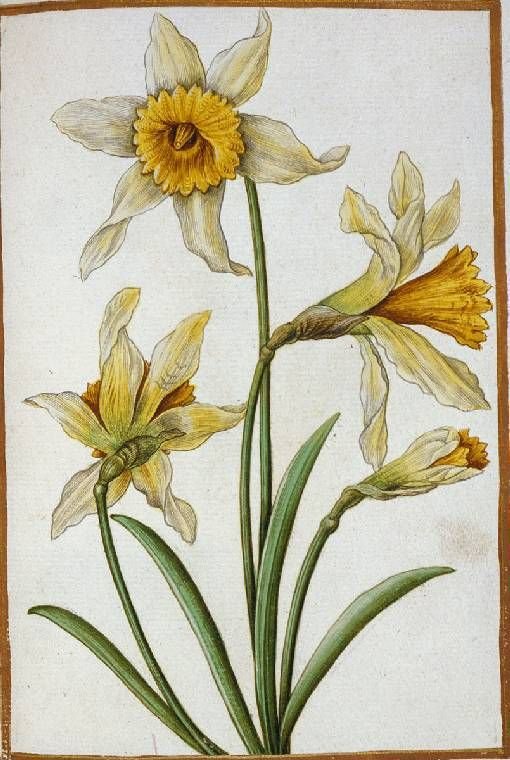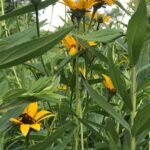This spring song by the Elizabethan writer Thomas Nashe (1567 – c. 1601) was written as part of a play, Summer’s Last Will and Testament, in which each of the four seasons is personified. The original music is lost, but Canasg composer Douglas Cook has turned the text into a delightful choral piece for either SATB or SSAA voices and soprano soloist.
The British composers Benjamin Britten (1913 – 1976) and Constant Lambert (1905 – 1951) also wrote settings of this text: Britten, as part of his Spring Symphony, and Lambert as part of a choral cantata based on Nashe’s entire play. More recently, the Latvian composer Ēriks Ešenvalds (b. 1977) has written a choral setting for upper voices and tuned glasses.
Depicting the countryside as a place of beauty, simplicity and pleasure was conventional in Elizabethan England: Shakespeare’s song It Was a Lover and his Lass in the play As You Like It (later set to music by Thomas Morley and others) is another example. It’s interesting to find out, though, that England was actually experiencing many extreme weather patterns during the 1590s.
Nashe’s play includes references to a severe drought in England – and also to an outbreak of bubonic plague – which historians believe probably dates it to 1592 (see this wikipedia article). There was then, in 1594 – 1598, a run of very cold and wet summers in England, which had a huge impact on harvests.
In A Midsummer Night’s Dream, written right around this time, Shakespeare puts a wonderful description of disturbing weather mayhem into the mouth of Titania, queen of the fairies:
“Therefore the winds, piping to us in vain,
As in revenge have sucked up from the sea
Contagious fogs, which, falling in the land,
Hath every pelting river made so proud
That they have overborne their continents…”
(See Act 2, Scene 1 for the full passage).
So the idealised, ‘pastoral’ image of the countryside was certainly not the only one in circulation – but it was a vein of literature and art that has endured. (See this article for a historical summary of the pastoral in poetry).
Nashe’s poem has an onomatopoeic refrain of bird song: “Cuckoo, jug-jug, pu-wee, to-witta-woo!” (depicting the cuckoo, the nightingale, the lapwing and the owl respectively). Douglas Cook sets these bird calls with great charm – bringing to mind the fabulously evocative choral piece Le Chant des Oiseaux (Bird Song) by the French composer Clément Janequin (c. 1485 – 1558).
The combination of extreme weather events and pandemic makes the 1590s quite relatable for us. Another reason to program a text that recalls for us how beautiful and joyous spring can be – or once was.

The background image at the top of the page is an Elizabethan cushion cover, c. 1600 (public domain from the website of the Metropolitan Museum of Art, New York)


